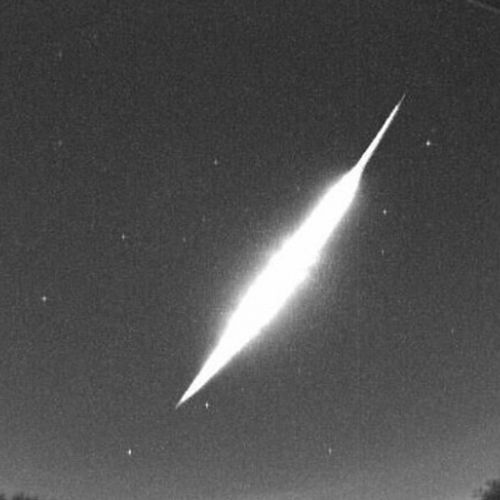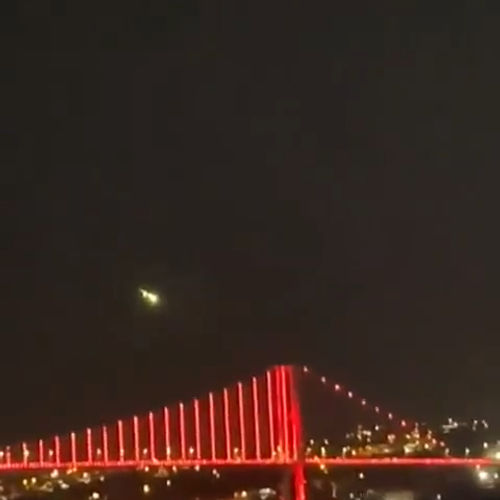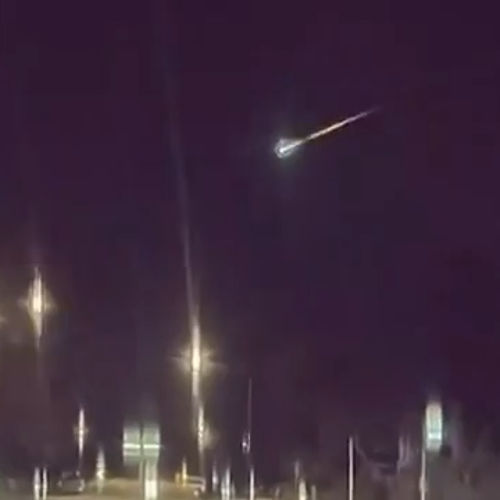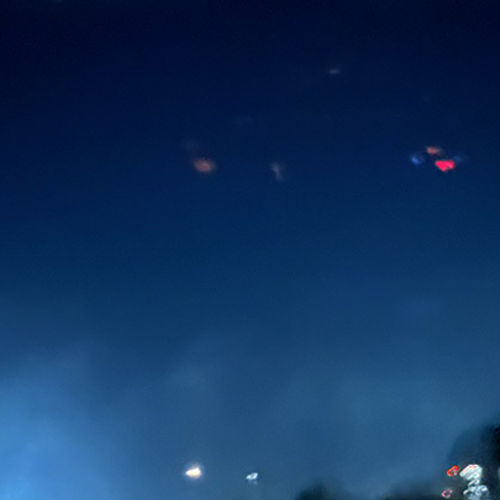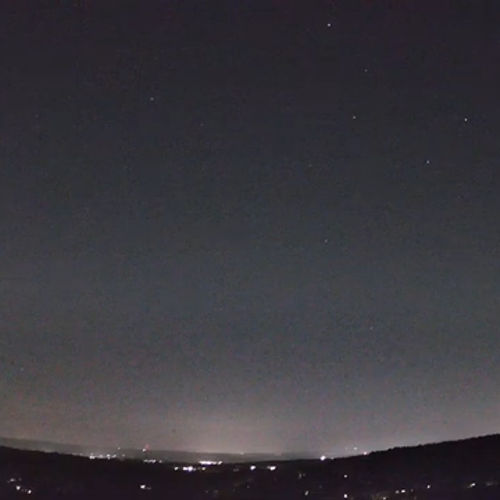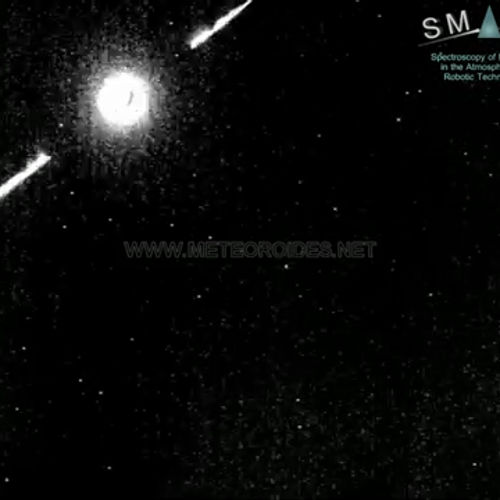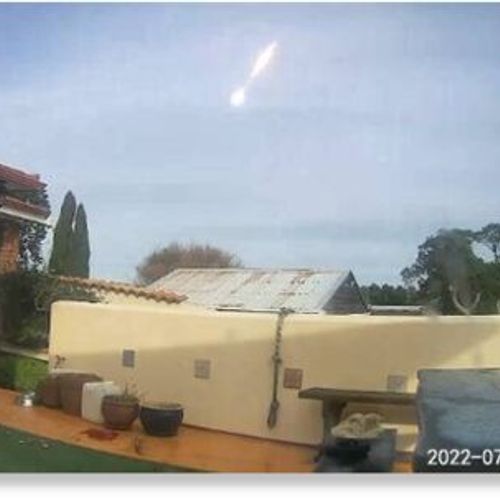
| Added | Fri, 08/07/2022 |
| Источники | |
| Дата публикации | Fri, 08/07/2022
|
| Версии |
New Zealanders from all over the North Island report a rumble, a crackle, a fireball and a huge flash of light streaking across the sky on Thursday afternoon, which, according to scientists, was most likely a meteor.
Local media and social media were flooded with messages and questions about the spectacle. Some witnesses described banging, banging, cracking in the ears, hair standing on end, windows rattling, as well as a streak or explosion of light followed by a smoke trail.
Geonet seismologists have picked up a suspected sound wave from the object, and Metservice meteorologists believe they have picked up the object-or its smoke trail-on radar.
Plumber Curtis Powell captured this phenomenon on his camera while driving north from Shannon at 13:39 on Thursday.
"We were driving to work in Shannon when I saw a blue line in the sky and then a huge bright light," he said. "I realized that my camera was recording, and uploaded a video-a once-in-a-lifetime spectacle."
On social networks, people shared photos and talked about their observations.
"I'm so glad someone caught it... I thought I was hallucinating," one commentator said.
Several people mistook the rumble for an earthquake.
"We thought it was an earthquake, but the sound was wrong, more like a big heavy truck, with impacts, but at that time there were no trucks near our house. The house was also vibrating slightly," one Twitter user wrote.
Dr. Duncan Steele, a scientist from Wellington who worked for Nasa, said that the object was most likely a piece of a meteor, and it is very rare to see it during the day.
"I've only seen one daytime meteor in my entire life. They arise due to the fact that macrometeorites in the atmosphere fly very fast, usually at a speed of 30 km per second. In order to be seen during the day, it has to be quite large, the size of a rugby ball or more - that's what makes them rare," he said.
Some eyewitnesses said they heard a crackling sound as the object moved across the sky, which, according to Stal, was most likely an "electrophonic sound." Allan Gilmore, from the University of Canterbury Observatory on Mount John, said in a radio interview that meteors and their accompanying electric charge can make some people's hair stand on end.
"People with curly hair often hear them, and people who don't have curly hair don't hear them," Gilmore said.
Dr Ian Griffin, director of the Otago Museum, urged the public to preserve any photographs and videos. "Perhaps we can use them to triangulate the position of the object and the place of its landing - if it really landed," he said.
"It can be very important from a scientific point of view... meteorites are quite rare in this country, so it would be very cool to get such a meteorite."
Новости со схожими версиями
Log in or register to post comments




